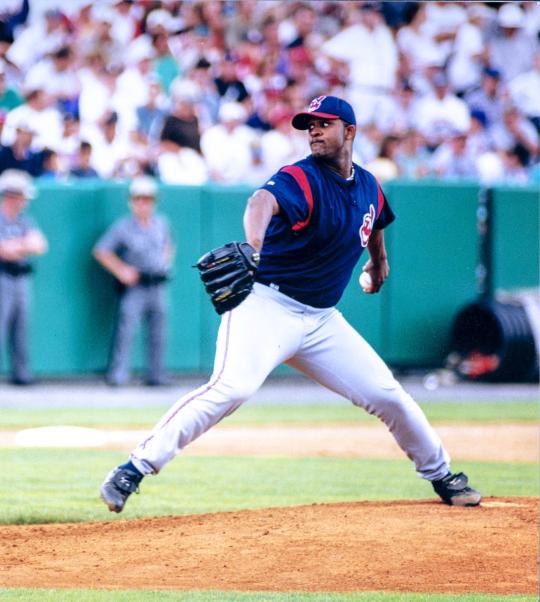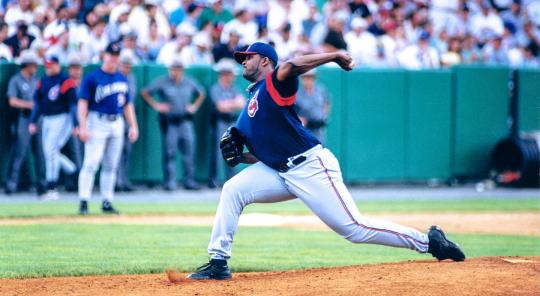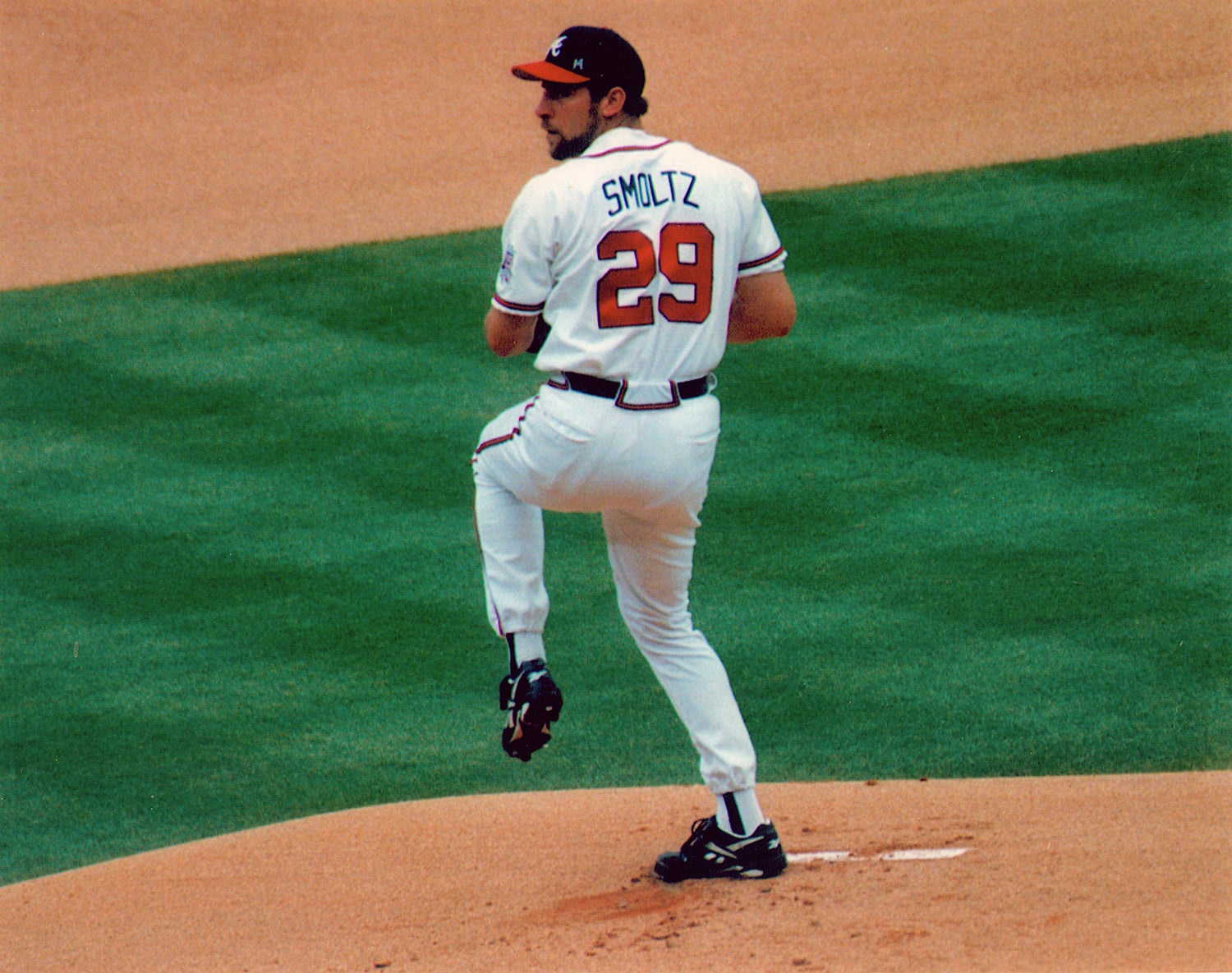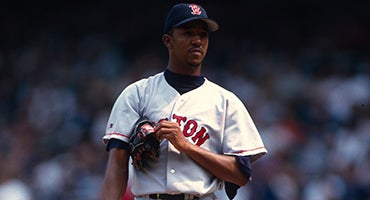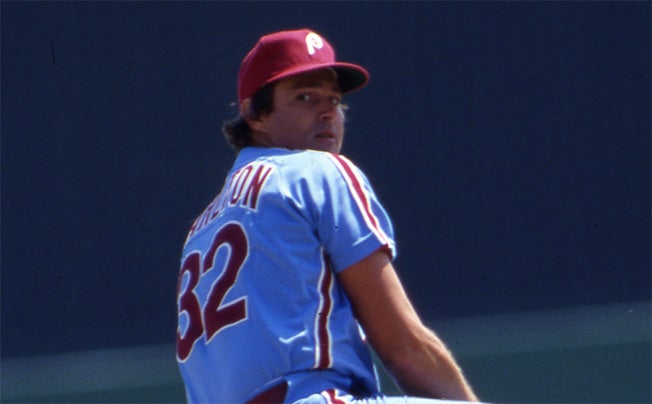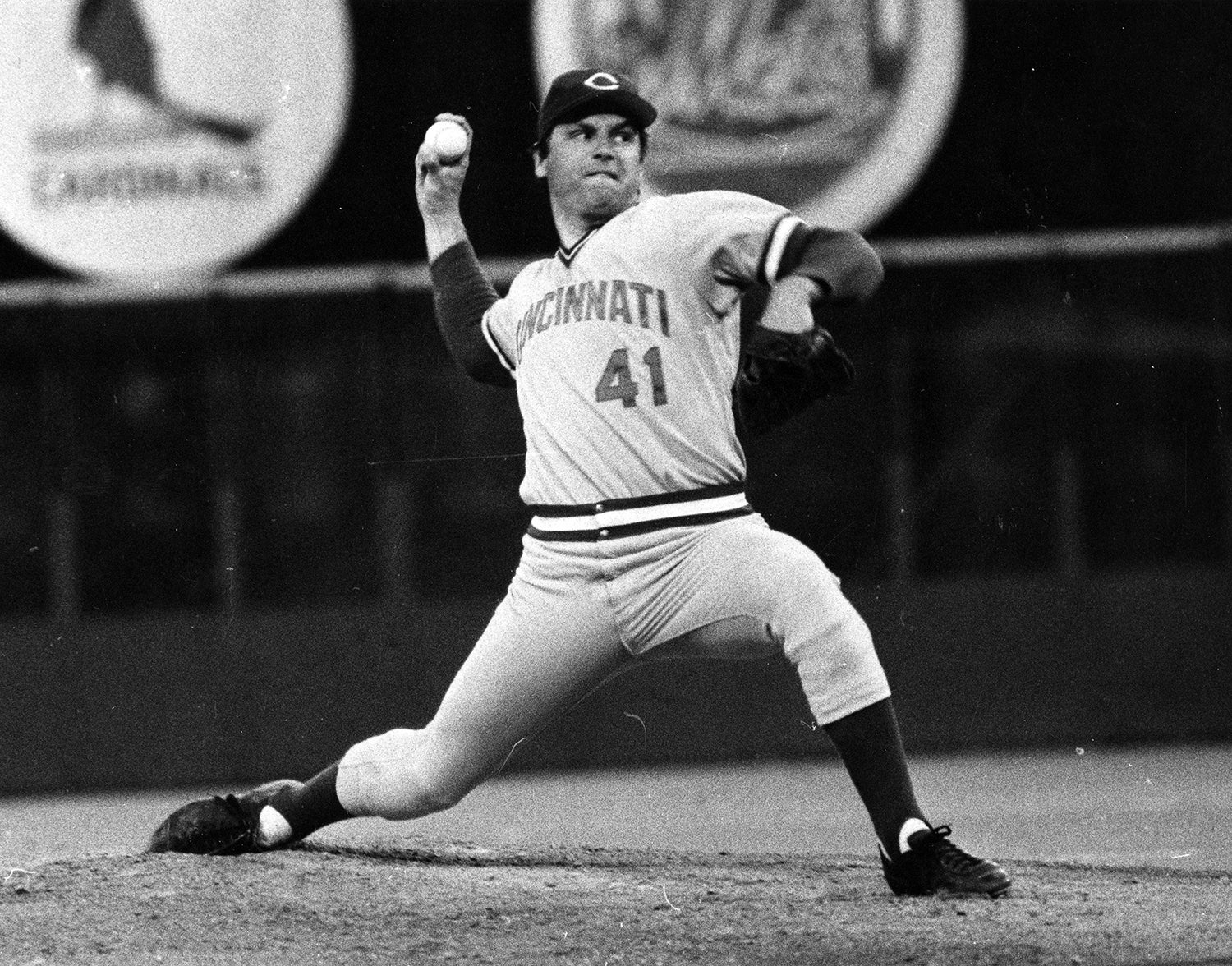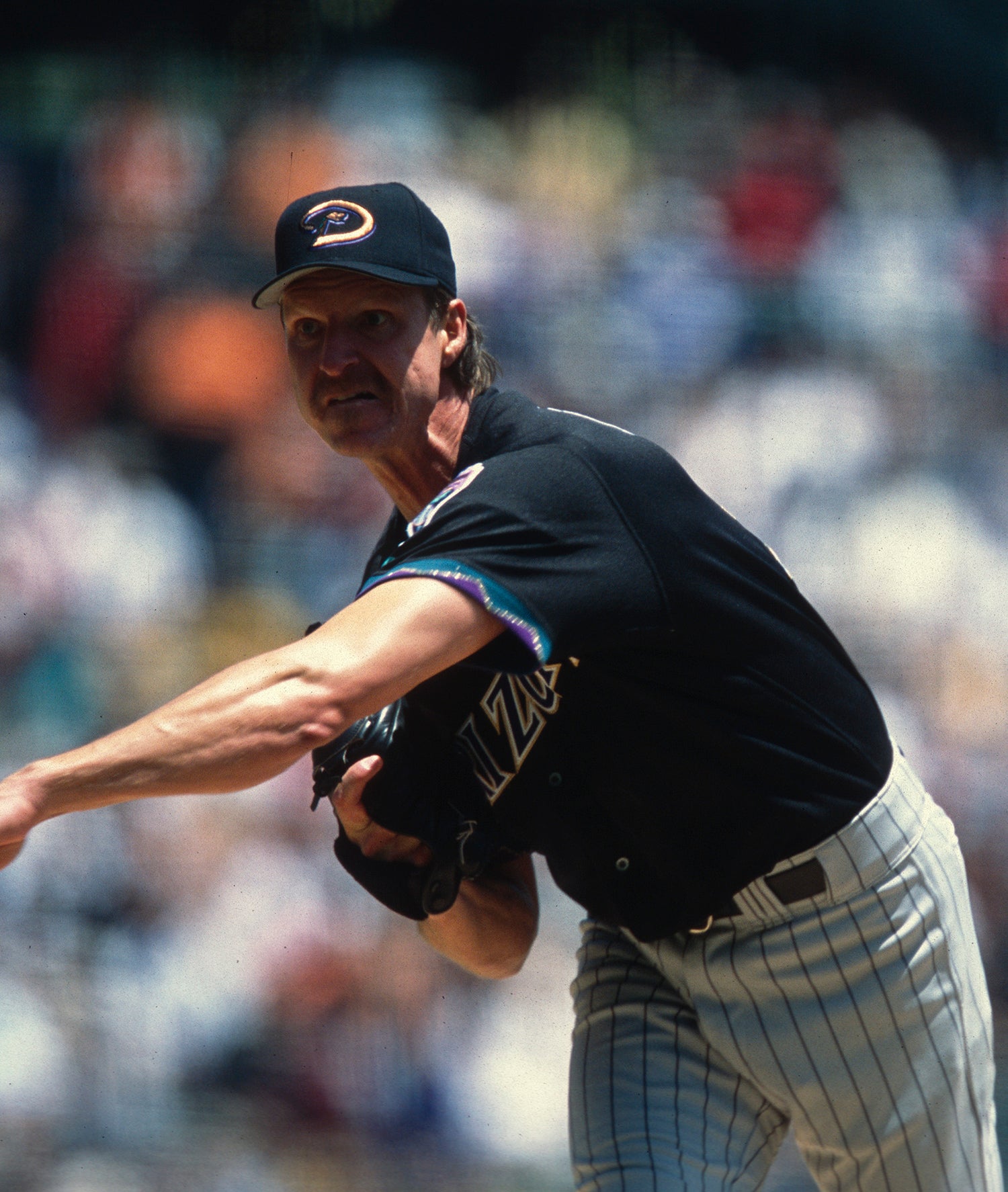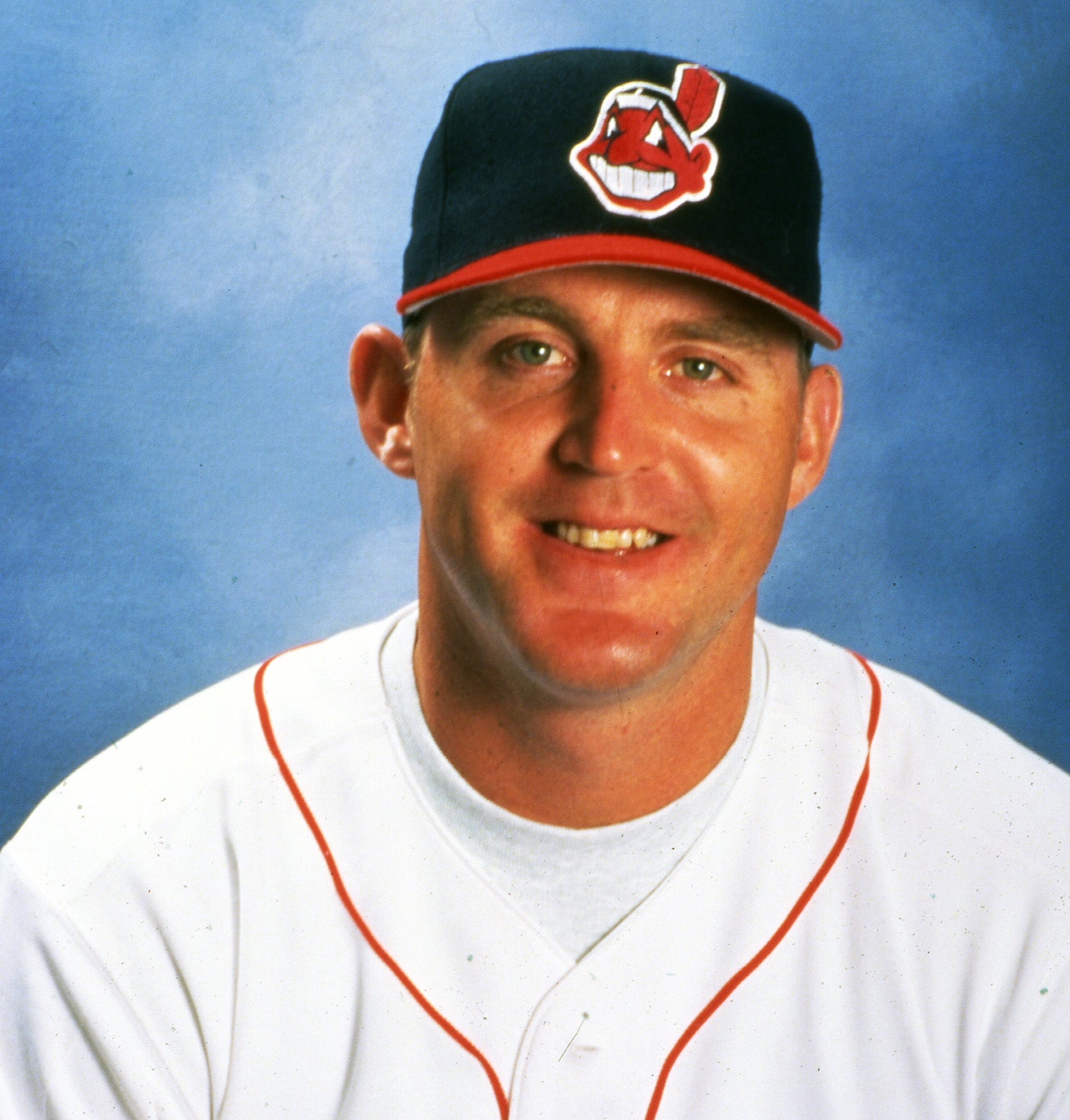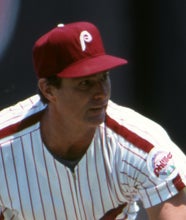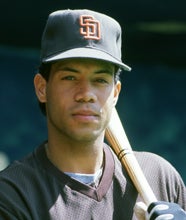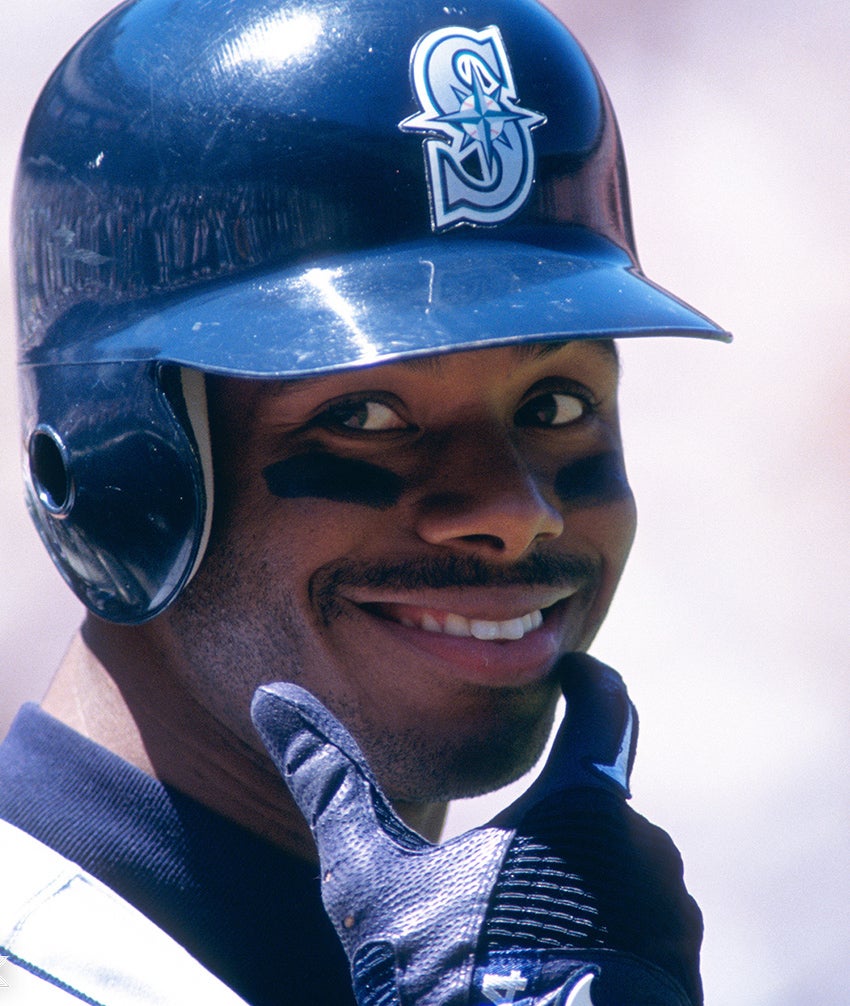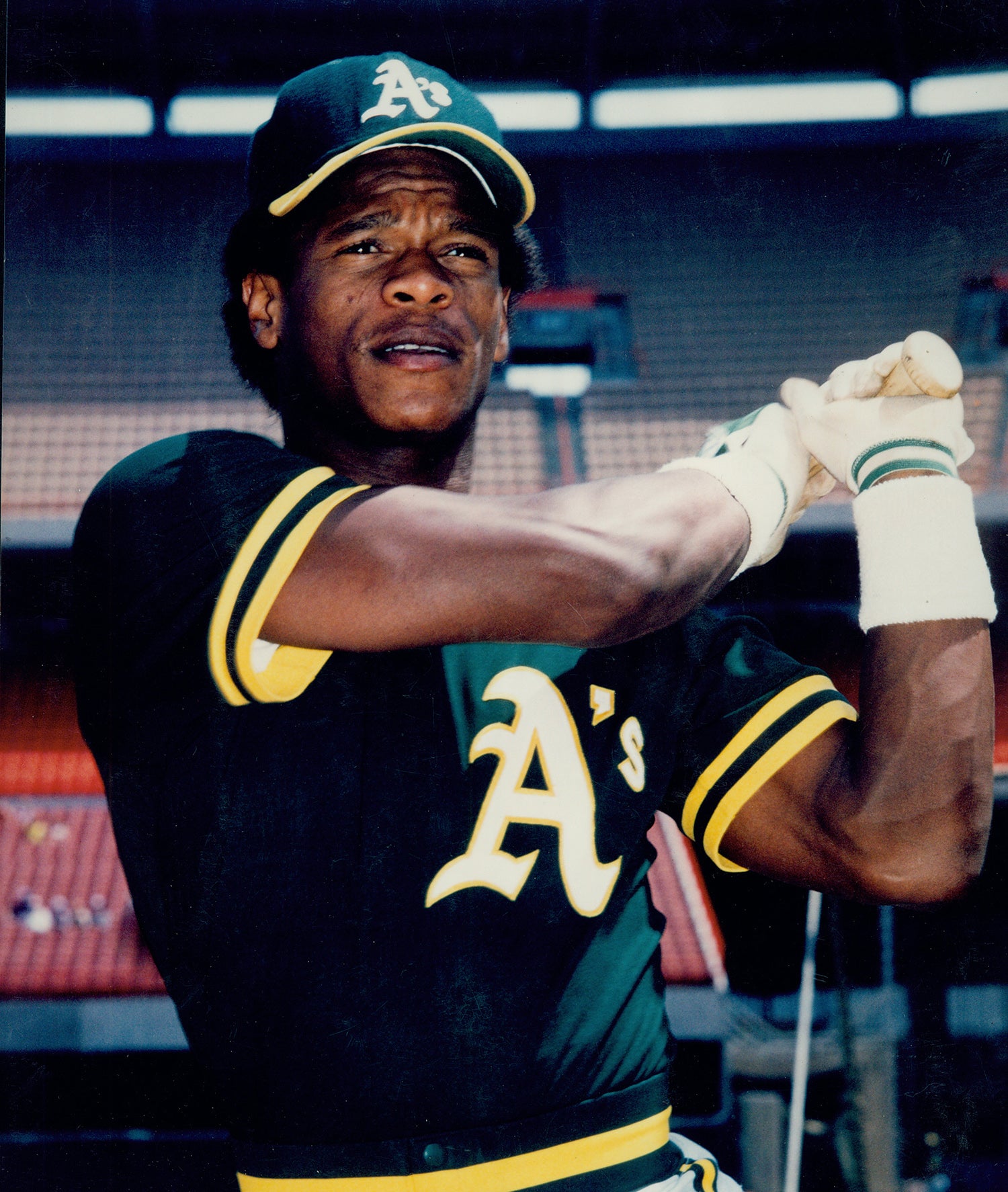- Home
- Our Stories
- 3,000 Ks for CC
3,000 Ks for CC
New York Yankees left-hander CC Sabathia recorded his 3,000th career strikeout on April 30, 2019, fanning Arizona’s John Ryan Murphy to become just the 17th pitcher in history with 3,000 Ks.
Hall of Fame vice president of communications and education Jon Shestakofsky sat down with Sabathia at Yankee Stadium when Sabathia and the Yankees donated a game-worn jersey and a ball from that game to the Hall of Fame.
JS: What do you remember from pitching in the Hall of Fame Game in 2000?
CCS: I was in Double-A (with the Indians) and they called me up and I started the game in 2000. It was fun, but I never had the chance to go into the Museum. My nine-year-old plays on a travel team, and their goal is to get to that (Dreams Park) tournament (in Cooperstown). So when he’s 12, in three years, I’ll go. My 15-year-old went three years ago when he was 12 and my wife loved it.
JS: When did you fall in love with baseball? What do you love about the game?
CCS: I’ve always loved the game. I started playing when I was four years old. My hometown, Vallejo, Calif., is a baseball town – that’s what the kids do. It’s the inner city – the hood – and it’s predominantly black kids, and we all play baseball, and we just love to do that. (The game) is just in us, I guess. It’s still that way. It’s still a big baseball town.
There’s a lot of talent now. The latest guy that came from there and plays in the big leagues is Willie Calhoun. There’s a lot of talent there, and there always has been. (Fellow Vallejo native) Damon Hollins played in the big leagues for a little bit. Chris Smith was a (high) draft pick from the Angels. When I was 10 or 12 years old, those are guys who were in high school. And I was a big follower of my high school. I was the waterboy for the football team, and those guys were on the football team as well, so I was always connected to those guys.
JS: What does it mean to you to be one of only 17 pitchers to reach the 3,000-strikeout milestone, and in the company of only two other left-handed pitchers to do it (Hall of Famers Randy Johnson and Steve Carlton)?
CCS: It’s very special, something maybe I can have a better perspective on after I’m playing, because now I’m thinking about my next start. But it’s super cool to be on that short list of guys – the third lefty, the third African American. Man, it’s so cool just to think that a kid from Vallejo was able to accomplish that. It’s something nobody will ever be able to take away from me: I struck out 3,000 guys in the big leagues. That gives me goosebumps just thinking about it now.
JS: Mariano Rivera saved 25 of your wins over the five years you were teammates. Did it feel different leaving a game knowing that Mo was behind you?
CCS: Oh yeah! When I was younger, my goal was to pitch the whole game – I didn’t think there was anybody that could pitch better than me while I was out there. So that was always my goal, to finish the game. When I got here (to the Yankees), it was to finish eight. You got Mo back there, you finish eight and the game is over. It just shortened my game a little bit. It was always incredible to have him back there, to have him as a teammate.
When I was making my transition, throwing the cutter, he was right there front-and-center, helping me with that, him and Andy (Pettitte). Who better to learn from than the two guys who have thrown the cutter the best in the game? To make that transition has been incredible.
While he was still a minor leaguer with the Indians, CC Sabathia started the 2000 Hall of Fame Game in Cooperstown. Sabathia became the 17th pitcher in big league history to record 3,000 career strikeouts on April 30, 2019. (Milo Stewart Jr./National Baseball Hall of Fame and Museum)
JS: Your first major league team featured future Hall of Famers Jim Thome and Roberto Alomar. Did either of them make an impact on your career at an early age?
CCS: Jim Thome, from the time I got drafted, he always took an interest in me, always wanted to talk to me and make sure I was doing good. We used to go to Cleveland in January when we were young players in the minor leagues – called Winter Development – and you go there the whole month of January. Some of the big league players are around, some of them aren’t. But Thome was always there. He always drove, made me ride with him to workouts, making sure I was doing the right things, staying out of trouble. Jim was always like a big brother to me.
Robbie was one of the smartest players I ever played with. I just remember that me being so young my rookie year, it was hard for me to manage the game and worry about what pitches to throw and things like that. So from second base, he would give the signs to Einar (Diaz) and he would tell me not to shake off. He’d say, “I’m calling the game, don’t shake off, just throw every pitch.” And he would call the games from second base. I pitched a playoff game my rookie year in 2001 against the Mariners (Game 3 of the ALDS). I gave up two runs in the first inning – I was kind of all over the place and kind of searching. Then he came in after the first inning and said, “Don’t shake off Einar, I got it. Just go.” And I went the rest of the game, went (six) innings, gave up just those two runs and that was it.
JS: Do you remember the first time you put on the No. 42 jersey in honor of Jackie Robinson?
CCS: When I first came up, it wasn’t a thing where everybody wears (No. 42 on Jackie Robinson Day), like it is now. You had to put in a request to the league. So I remember the first year, Torii Hunter and Ken Griffey Jr. were the only guys to wear it. Then I remember coming into Spring Training the next year and Torii said, “You need to put a request in. It’s going to be all of the African-American guys.” And that’s kind of how it got started – Torii and Ken wearing the jersey. I think I remember the first time I put it on (for a game I pitched). I pitched against the White Sox and had a good game (in 2007). I went (8) innings, gave up (one run) (and struck out 10 batters).
JS: Are you conscious of wearing No. 42 when you’re on the mound for Jackie Robinson Day?
CCS: Yeah, one-thousand percent. You look forward to it. Me being an African-American player, I wouldn’t be here playing this game if it wasn’t for him. It means everything to honor him and put that number on.
JS: When do you first remember hearing about Jackie Robinson’s legacy?
CCS: My grandfather was a huge fan of Jackie Robinson, but my high school coach was the one that really taught me the history about him, and made us read books about him and look him up.
JS: Is there anything you know now about the game that you wish you could tell the rookie 20-year-old just making it to the majors?
CCS: Yeah, just to be patient. It’s all going to come. I wanted it so fast, so early. I wanted to be an ace, I wanted to be that guy. But I just had to mature and go through that maturation process. It was a struggle at times, just to be patient. But for me, it would be just to tell myself to be patient.
JS: Which plaques on the wall will mean the most to see when you visit the Hall of Fame?
CCS: Ken Griffey Jr. – I was always a big fan of his. He was one of my favorite players growing up. And Rickey Henderson. Those two guys are the ones I’d want to take a picture in front of, for sure.
JS: Do you envision being involved in baseball in the future?
CCS: Yeah, I definitely want to be around. I want to be around here (Yankee Stadium), maybe as Special Assistant. I love hanging around the young guys, talking pitching, talking baseball. It would be cool to be around here in some capacity and hopefully help the team out.
Jon Shestakofsky is the vice president of communications and education at the National Baseball Hall of Fame and Museum


